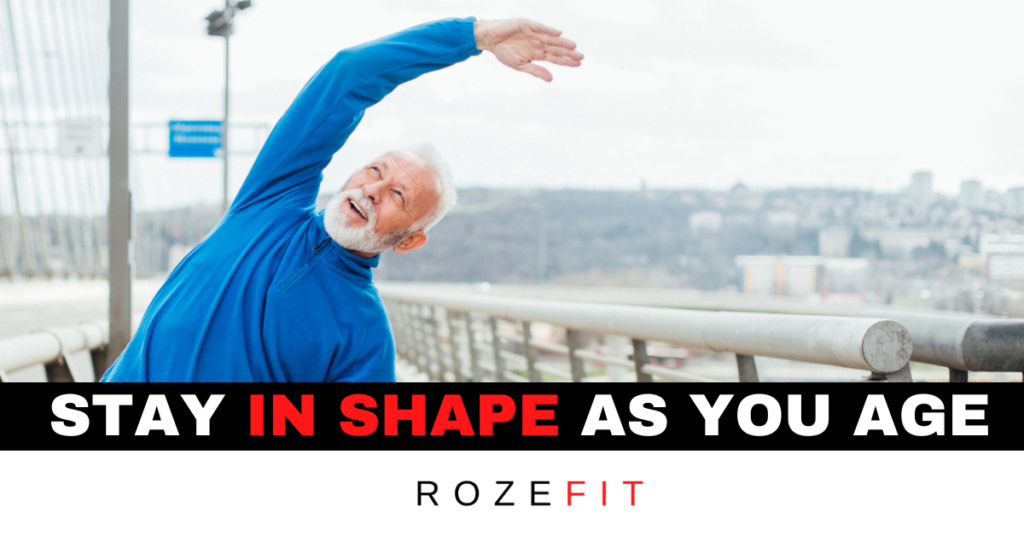To me, traveling is by far one of life’s greatest pleasures.
Discovering a new place is the quintessential experience of novelty.
The smells, the tastes, the sights.
An adventure with every footstep.
At the time of writing this, I’m 28 years old.
Not even close to the age demographic of my clientele (ages 40-70).
Yet I understand that in the not-so-distant future, I will soon be their age.
I also understand that I need to take a long-term view of my health if I’m planning to travel and experience the world like I do now.
I don’t want to be unable to climb the Spanish Steps in Rome in my 80s.

In fact, I want to leap and bound up those steps.
But getting to age 80 and being able to function as a healthy 60-year-old is going to take some strategy and tactics.
I need a protocol for aging gracefully.
One that keeps me in the same health as two decades prior.
Sure, we can’t dial back chronological age, but we can delay the onset of so-called ‘age-related’ afflictions.
The orthopedic and metabolic hurdles that most individuals begin to experience during their middle-aged years are not destined to continue down the path of continued decline.
Not if you are being proactive about it.
Strategy for Staying Fit as You Age
No matter where you are on your journey, you can improve your health & fitness in a way that will allow you to continue making memories and experiencing life’s greatest pleasures.
For me, it’s travel.
For you, maybe it’s playing with your grandkids or sailing with your wife.
Whatever it is that you love to do, wouldn’t you want to continue doing those things?
You don’t need age to slow you down.
You just need the right strategy.
The right strategy comes down to defining your goals.
What’s your end game?
You need to get granular about your long-term view and be specific about what you want to experience well into retirement.
If you are already retired, you still must define the things you want to continue doing as you age.
I’ll give you an example for illustration purposes.
At age 70, I absolutely still want to be able to hike.
I recently took trip to the Austrian Alps and visited a stunning mountain called Grunberg.
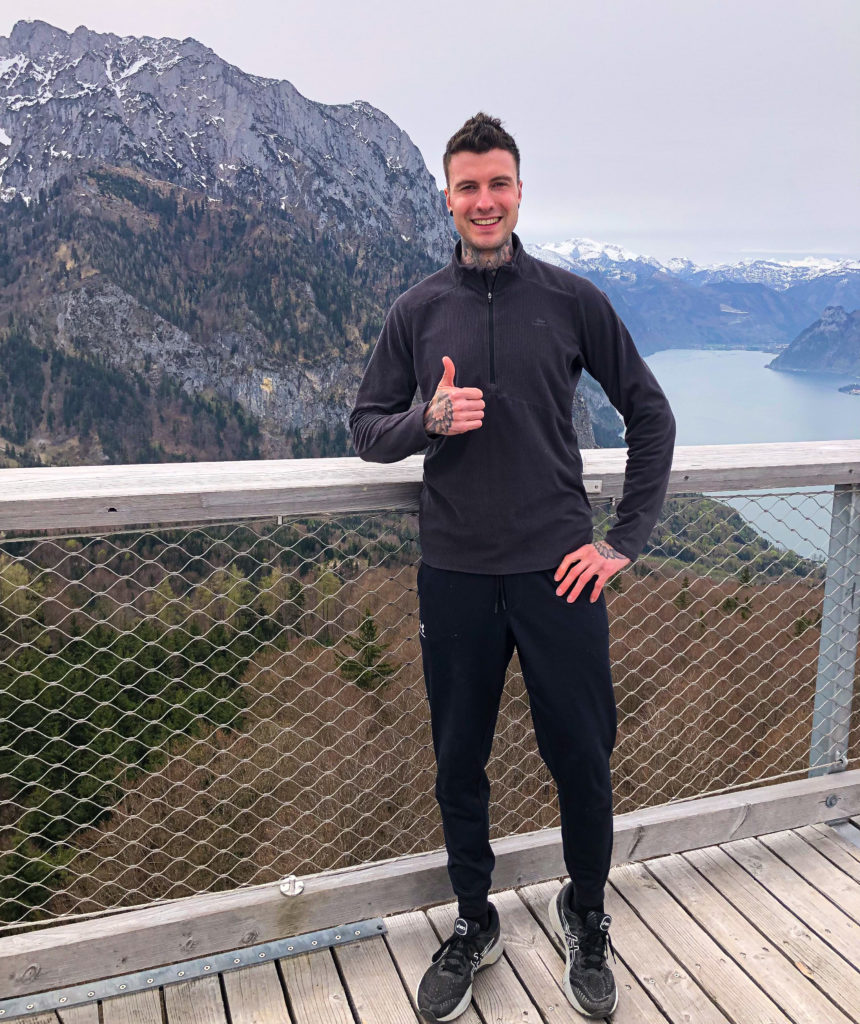
There is an epic two-cable gondola that takes you up the mountain, where you can climb an observation tower that looks like a beehive and circles up 40 meters to the top.
At age 28, I climbed this tower with ease.
In fact, it took me probably under 10 minutes.
For a fit 70-year-old, this would also not be an issue.

I saw a couple in their early 70s traversing the path up to the top of the tower.
They were walking a bit slower, but they reached the top shortly after me.
But climbing to the observation deck would be a real feat for the average 70-year-old who is ridden with orthopedic issues and low aerobic fitness.
I certainly know what kind of shape I don’t want to be in at age 70, so I’m starting from here.
I don’t want to be hindered by the hip & knee joint arthritic conditions that run in my family.
These problems are exasperated by sarcopenia (age-related muscle loss).
And I don’t want to stop every couple of steps because I am out of breath whenever I walk up a hill.
Strength Training as You Age
I know that even at age 28, I need to be strength training regularly and performing cardiovascular exercises.
I also need some balance and stability training thrown in there because hiking requires a fair amount of that.
My strategy involves strength training four days per week.
I work my entire body during each session, moving through a series of exercises that challenge my core, my legs, and upper limbs.
I also perform a fair amount of plyometric movements (exercises involving repeated rapid stretching and contracting of muscles as by jumping and rebounding) to increase muscle power.
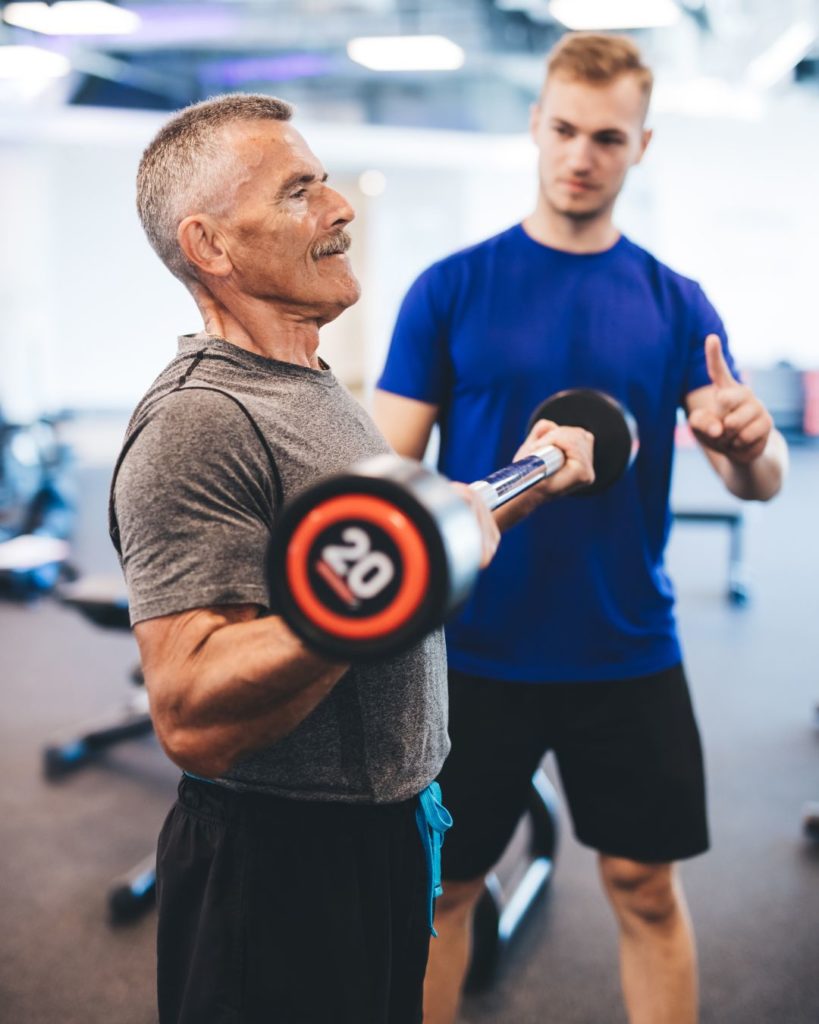
We lose a lot of our fast-twitch muscle fibers as we age.
And these muscle fibers are essential for power and quick movements.
Although climbing the observation tower doesnt involve a lot of fast movements, catching myself when I accidentally trip on the way up sure does.
And guess what?
You need to be fast to catch yourself so you don’t fall and become another statistic (86% of hip fractures occur after age 65).
And if I do fall, guess what?
The strength and muscle mass I accumulated from my years of strength training will help prevent a devastating orthopedic injury or traumatic brain injury (another common cause of mortality after age 65).
Cardiovascular Training as You Age
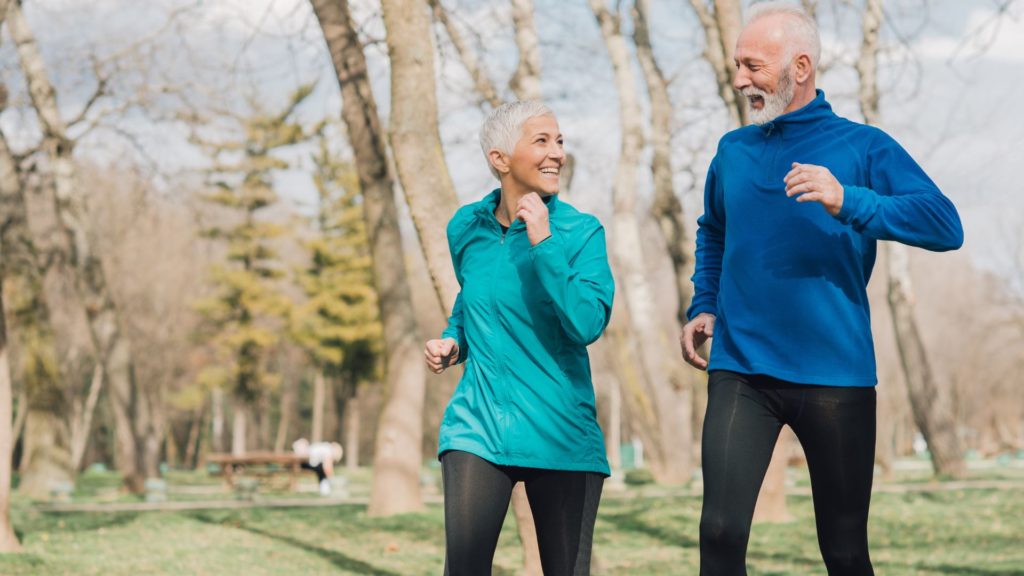
In terms of cardiorespiratory fitness, I implement several days of something called zone 2 training.
I’ve written at length about this topic at length.
But briefly, zone 2 trains your body to burn fat as a primary fuel source which lets you become more aerobically efficient and ultimately more aerobically fit.
It also challenges your cardiovascular system and creates adaptations that keep you from getting winded.
With a highly functioning aerobic system, my heart and lungs will be able to handle the climb up the observation tower with no problem.
Your strategy will be unique to your goals, so I encourage you to think precisely about what you want to be able to do as you age.
Your exercise strategy should be tailored specifically to you.
Find the Right Help
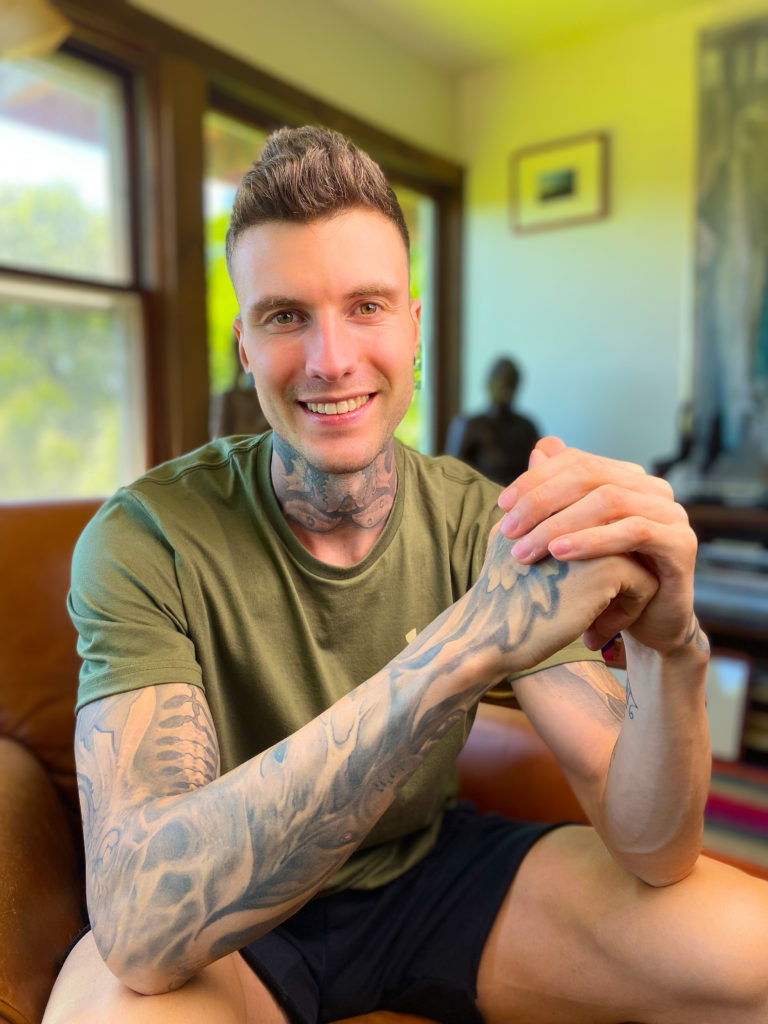
It can be daunting to structure the right plan and that’s where outsourcing some help comes into play.
I’ve been helping my middle-aged clients achieve their goals for over a decade.
We work together to narrow down exactly what they want to accomplish and the strategy to arrive at the end goal.
And sometimes, it isn’t just one particular thing they want to achieve.
And that is perfectly fine. As we work together, your end goals may change.
You might find yourself wanting to achieve new things as you find deficits in certain areas of your fitness.
This is perfectly acceptable and all part of the process.
Your fitness journey is an ever-evolving process.
But having a starting point to jump from is all we need.
You can get a hold of me via email, and we can jump on a call to discuss what you are looking to accomplish.
The bottom line is to start preparing before things get messy as you age.
You want to be well-equipped to move into your second half of life and age gracefully with a full-functioning body.
I can’t tell you how much progress I have seen over the years in my clients that commit to a regular exercise routine.
It’s all about being proactive.

